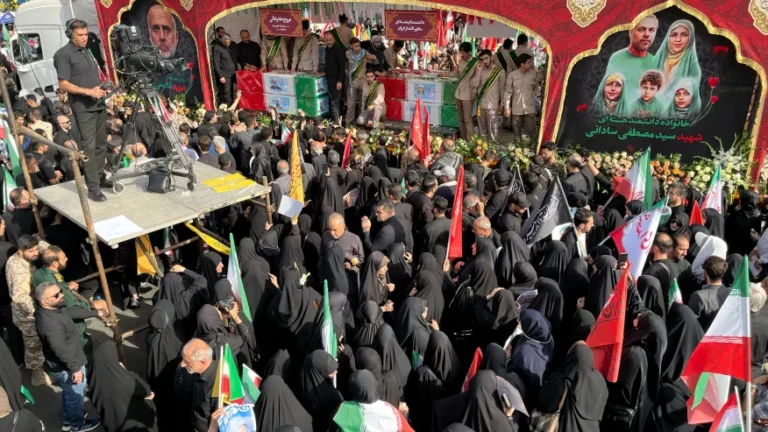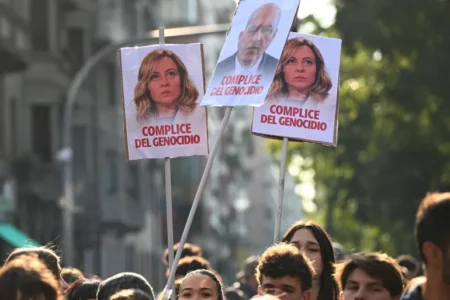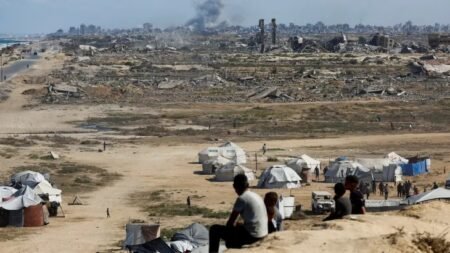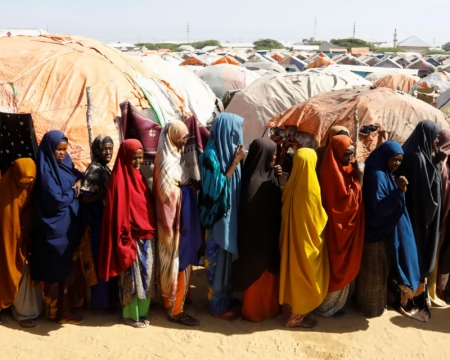Millions of Iranians filled the streets of Tehran to honor their fallen heroes during a massive funeral procession. These leaders, including top commanders of the Revolutionary Guard and senior military figures, were killed in recent Israeli airstrikes. Their deaths have triggered deep sorrow, strong emotions, and nationwide respect.
The ceremony took place just days after Israel launched deadly attacks during the early hours of the conflict. The strikes killed key figures such as Major General Hossein Salami, the head of Iran’s Revolutionary Guard, and Chief of Staff Major General Mohammad Hossein Bagheri. Their coffins, draped in Iranian flags, were brought to Tehran early Saturday.
People from every corner of the country gathered to pay tribute. Iran’s new president, Masoud Pezeshkian, joined the funeral march, walking alongside other high-ranking officials. Streets were filled with chants, tears, and silent prayers. For many Iranians, these leaders are seen not as victims, but as eternal heroes.
These military leaders had a long history of defending Iran. They first fought together in the 1980s during the Iran-Iraq war. Later, they stood against growing threats from Israel and the United States. Despite the risks, they never stepped back. Their courage inspired a new generation.
The recent Israeli attack was not just a random strike. Reports suggest it was part of a hidden plan called “Operation Red Wedding.” The goal was to kill Iran’s top commanders early in the war and weaken its military power. By targeting these leaders, Israel hoped to break Iran’s defense system at the very beginning of the conflict.
Alongside this military plan, another secret mission named “Operation Narnia” aimed at killing Iran’s top nuclear scientists. Both operations show a deep level of planning and intelligence work. Israeli forces knew they could not face Iran directly in battle, so they used stealth and surprise.
In just 12 days of fighting, Israeli forces have reportedly killed over 60 key Iranian figures. This includes commanders from the armed forces, Revolutionary Guard, and those involved in Iran’s nuclear program.
Some of the most respected leaders lost include:
- Major General Mohammad Hossein Bagheri – Chief of Iran’s Armed Forces
- Major General Hossein Salami – Head of the Revolutionary Guard
- Major General Gholam Ali Rashid – Commander of Khatam al-Anbiya Headquarters
- Major General Amir Ali Hajizadeh – Leader of the IRGC Aerospace Force
- Several senior nuclear scientists
The large funeral procession in Tehran became a moment of national unity. It also served as a strong response to outside threats. The message was clear: Iran may lose its leaders, but it will not lose its will.
Many believe the sacrifices of these leaders have awakened a new spirit across Iran. Young people, students, and ordinary citizens have vowed to carry on the fight. They see themselves as the next defenders of the nation.
In every corner of Tehran, people lit candles, waved flags, and joined prayers. The city turned into a sea of sorrow and strength. As the coffins passed, some cried while others shouted promises of loyalty.
This event has not only shaken the Iranian people. It has also raised concern around the world. Many now worry that the conflict could grow and affect other countries.
Still, Iran remains firm. Officials have promised that the deaths of their top leaders will not go unanswered. Instead of fear, the nation has chosen unity, courage, and resolve.







